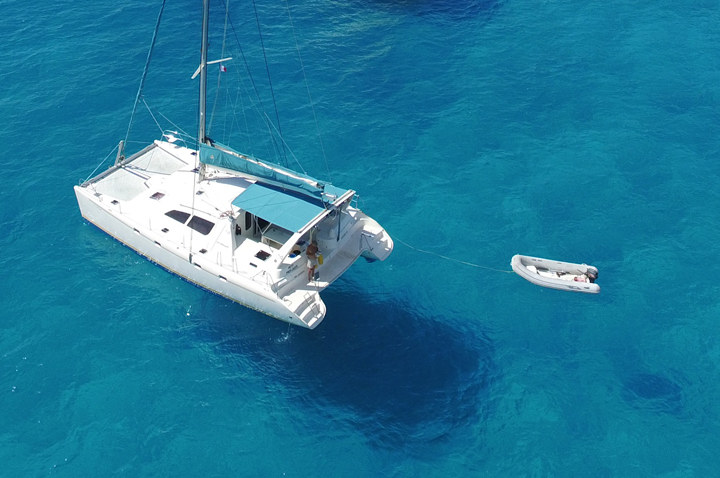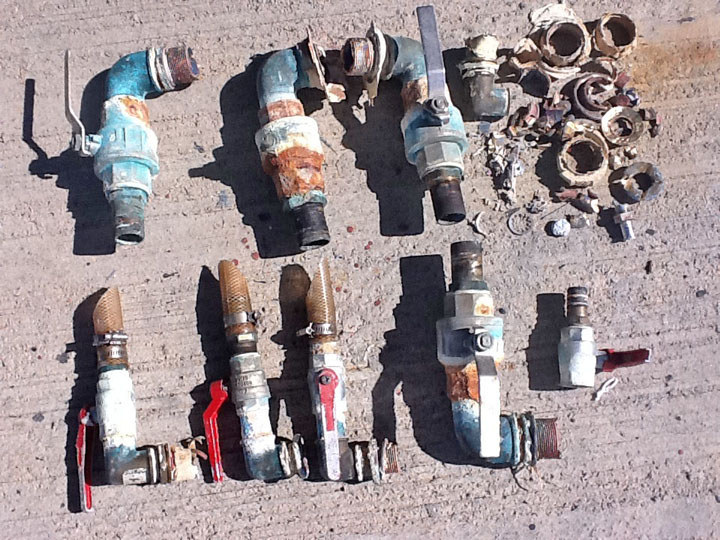
Red Light at Night No Sailor’s Delight

©Latitude 38 Media, LLC
The bilge pump light on our Leopard 45 catamaran ’ti Profligate came on right when you would expect it — after we’d had a big day, a great meal and a glass of wine, and had just hit the sack.
We thought about crossing our fingers and hoping whatever leak was causing the bilge pump to go off would be slow enough so that we could postpone investigating until morning. But we decided to be responsible.
The starboard hull checked out dry.
There were a couple of possibilities for water flowing into the port hull. Several months before a number of thru-hulls and associated fittings had been replaced because of old age. Maybe one of these or the hose clamps on them had shifted or come loose on the sail from Antigua to St. Barth. Then again, we’d had the refrigeration compressor bracket removed from the port engine earlier that day for replacement. Maybe the mechanic had accidentally cracked a water-filter case or something.

Alas, there was no obvious leak. So we pumped the port hull and hit the sack again, fingers crossed. Ten minutes later the dang bilge pump light came on again.
Obviously there was no connection between the water in the bilge and the fact that we’d just switched from one empty water tank to a full water tank. And the fact that we couldn’t get the air out of the pressure water system. But sometimes it’s good to confirm the obvious. Which was this: When we checked the water tanks, the full one was losing water quickly. What had once been obviously innocent had now become a prime suspect.
De Mallorca did some more poking around in the closet behind the starboard head and found a 3/16-inch hose pouring water into the bilge. We were stumped as to where this narrow hose had come from and what purpose it served. It didn’t seem to go anywhere except to empty what might come out of it into the bilge.
We poked around again under the galley sink, where the levers that switch from one tank to another are located. Almost completely out of sight was a 3/16-inch hose. It even had a label, ‘water bleed’. We’ve had a lot of boats in our time, and most of them had pressure water systems. As best we can remember, not a single one of them had a bleed valve with a hose that went into the bilge. And why would you have one?
We turned the valve to the opposite position, and life became good again. No more water poured into the bilge. The air automatically purged itself from the pressure water system. And we could get to sleep.
Ever had the light for your bilge pump light come on? What was the cause and how did it turn out? (Email Richard.)
